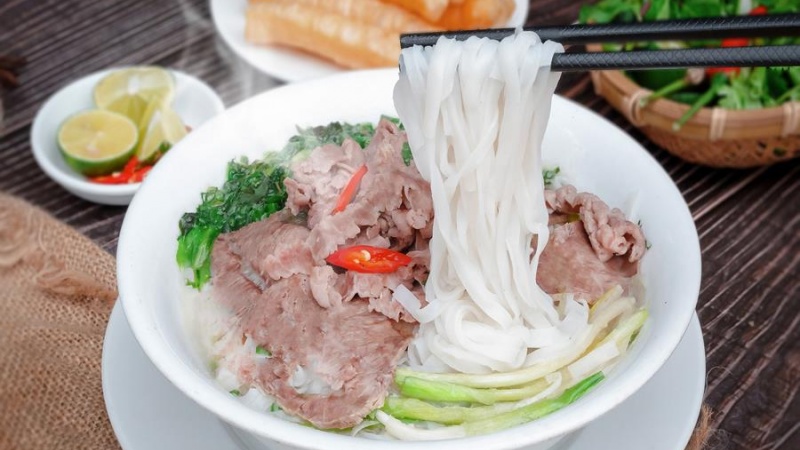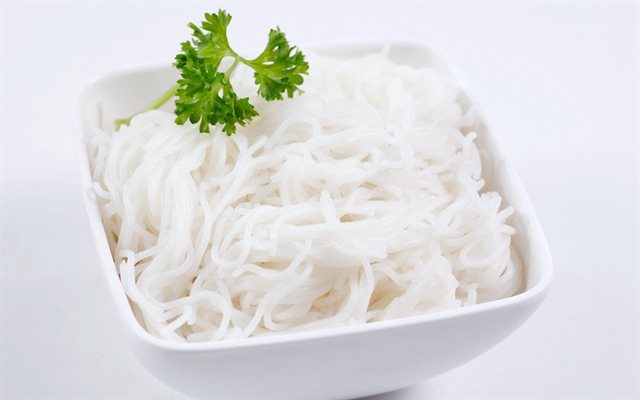Exploring the Types of Noodles Used in Pho
Pho, the traditional Vietnamese noodle soup, has captivated food enthusiasts around the globe. Central to the dish's identity are the noodles, which play a crucial role in defining its essence. In this article, we will delve into the world of pho noodles, exploring the different types commonly used, their characteristics, and their significance in creating the perfect bowl of pho.

(Vietnamese Pho)
1. Traditional Rice Noodles The foundation of pho lies in its delicate rice noodles, also known as "bánh phở." Made from rice flour and water, these translucent white noodles possess a tender texture that complements the complex flavors of the broth. They are the most commonly used noodles in pho and provide an authentic and traditional experience.

(Bánh Phở)
2. Various Noodle WidthsPho noodles come in different widths, each offering a distinct mouthfeel to the dish. The most prevalent widths include thin, medium, and wide. Thin noodles are delicate and light, allowing the broth to shine. Medium-width noodles strike a balance between tenderness and chewiness, while wide noodles provide a heartier bite. The choice of width depends on personal preference and desired texture.
3. Fresh versus Dried Noodles Pho noodles are available in both fresh and dried forms. Fresh noodles, made from rice flour, have a soft texture and a subtle sweetness. They require a shorter cooking time and readily absorb the flavors of the broth. Dried noodles, which undergo a drying process, have a firmer texture and maintain their structure well when immersed in the hot broth. They require slightly longer cooking time but retain their satisfying chewiness.
4. Vermicelli NoodlesWhile rice noodles are the traditional choice, some regional variations of pho incorporate vermicelli noodles made from wheat flour. These thinner and rounder noodles, known as "bún phở," offer a unique twist to the dish. Vermicelli noodles have a firmer texture and a slightly nutty flavor, adding a delightful variation to the classic pho experience.

(Bún Phở)
5. The Role of Noodles in PhoThe noodles in pho are more than just a vessel for the broth; they contribute to the overall taste, texture, and enjoyment of the dish. The right choice of noodles can enhance the experience by complementing the flavors of the broth, providing the desired level of chewiness, and creating a harmonious balance of textures. Whether it's the comforting familiarity of rice noodles or the enticing allure of vermicelli, the noodles play a significant role in making each bowl of pho a satisfying culinary delight.
When it comes to pho, the selection and preparation of noodles are key to achieving an authentic and delicious experience. From the traditional rice noodles to the unique vermicelli options, each type of noodle brings its own distinct qualities to the bowl. The choice of noodle width and whether to use fresh or dried noodles further allows for customization. So, the next time you savor a steaming bowl of pho, take a moment to appreciate the noodles that make it a truly unforgettable culinary journey.